Calcata is a wonder perched on a tufaceous spur in the Valle del Treja Regional Natural Park. It is one of the most impressive naturally fortified sites in Italy on the Via Francigena. The winding pedestrian streets overlook the incredible views of the reddish tuff gorges. We are on one of the stages of the Via Amerina and Forre district, a destination for hikers and photographers.
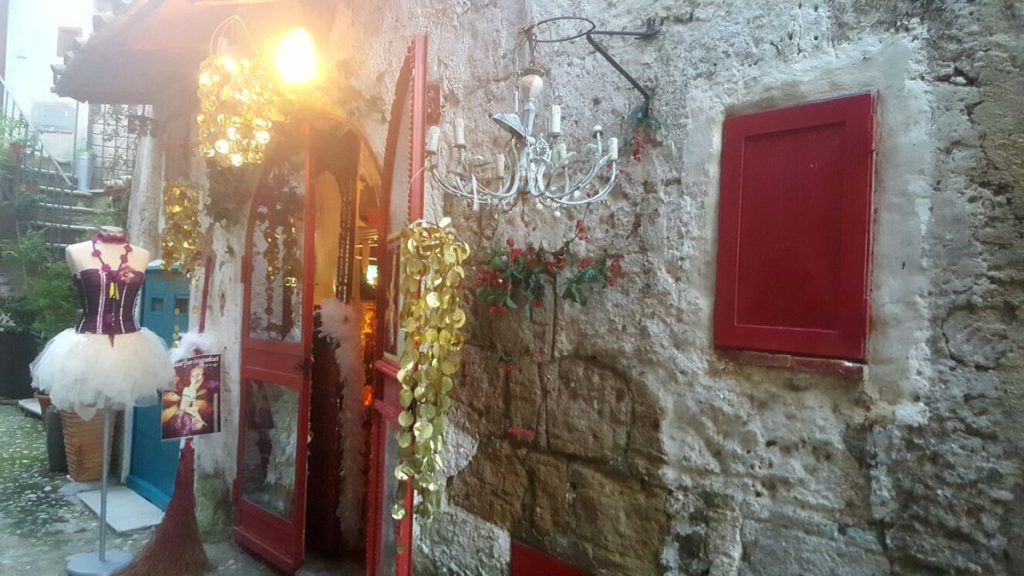
Glimpse of Calcata
Hidden under ivy-covered arches, you will find, leather craftsmen, ceramic and glass workshops art studies and jewelery creations. All around, tea rooms, cafes and restaurants, where you can taste good wine and traditional dishes.
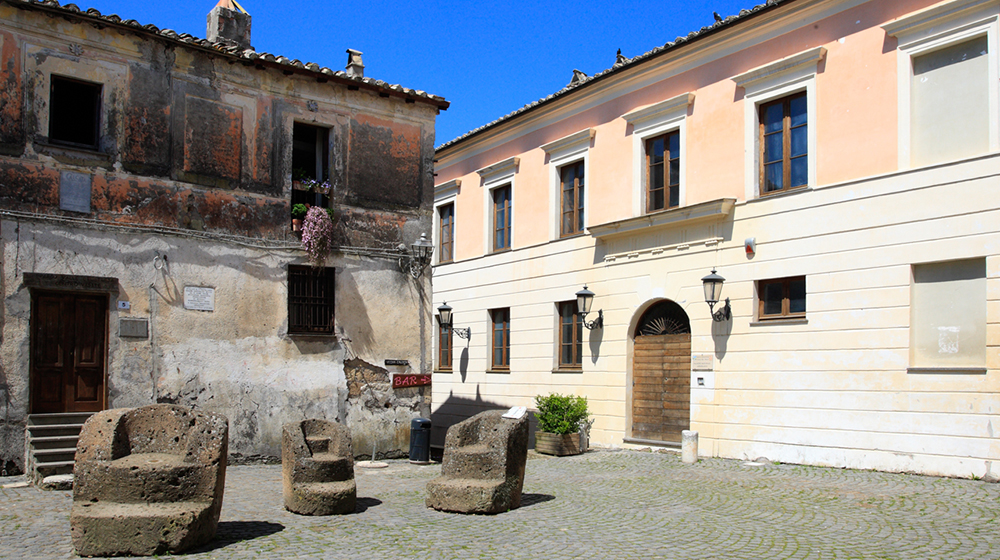
Palazzo Baronale Anguillara
The village is enriched with the medieval Palazzo Baronale Anguillara, the right location for exhibitions, conferences and weddings. The castle was first owned by the Church, then passed several times between the Sinibaldi and Anguillara families.
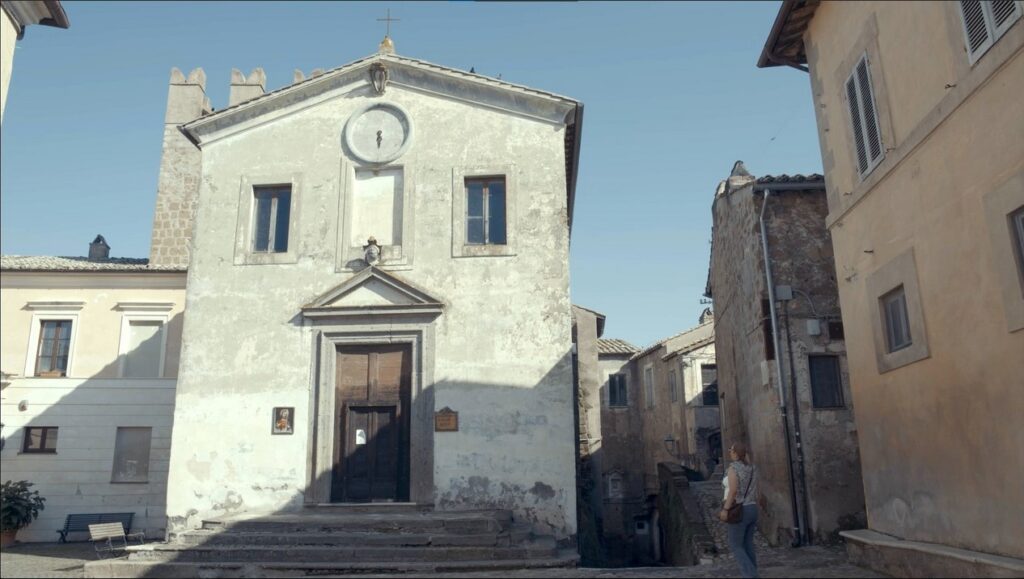
Chiesa del Santissimo Nome di Gesù – visitcalcata.it
The Church of the Holy Name of Jesus was built in Calcata Vecchia in 1300, then renovated at the end of the 1700s by the Sinibaldi family with the addition of two statues of Saints Cornelius and Cyprian, patron saints of Calcata. The single nave is covered by a trussed ceiling and houses many treasures, such as the 1400s wall tabernacle and the paintings depicting the stories of Christ behind the altar.
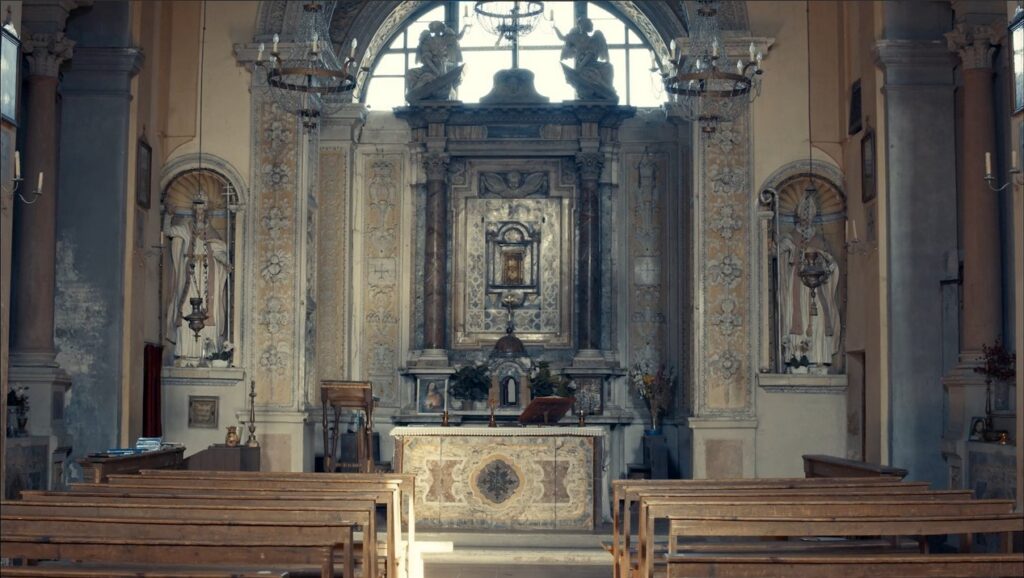
Chiesa del Santissimo Nome di Gesù, interno – visitcalcata.it
The baptismal font and holy water font from the 1500s are ‘signed’ by the Anguillara family with their coat of arms featuring two crossed eels. The high altar was donated by the Anguillara family in 1600 to house the Holy Relic of the Prepuce of Jesus Christ in a niche.
After the Messina earthquake in 1908, some towns threatened by landslides were considered unsafe. A law decided the transfer of the town and the abandonment and demolition of the houses in the villages at risk. Calcata. with a Royal Decree of 1935, was also included in that list. Fortunately, not everyone bothered to respect this law, thus saving the village from total abandonment.
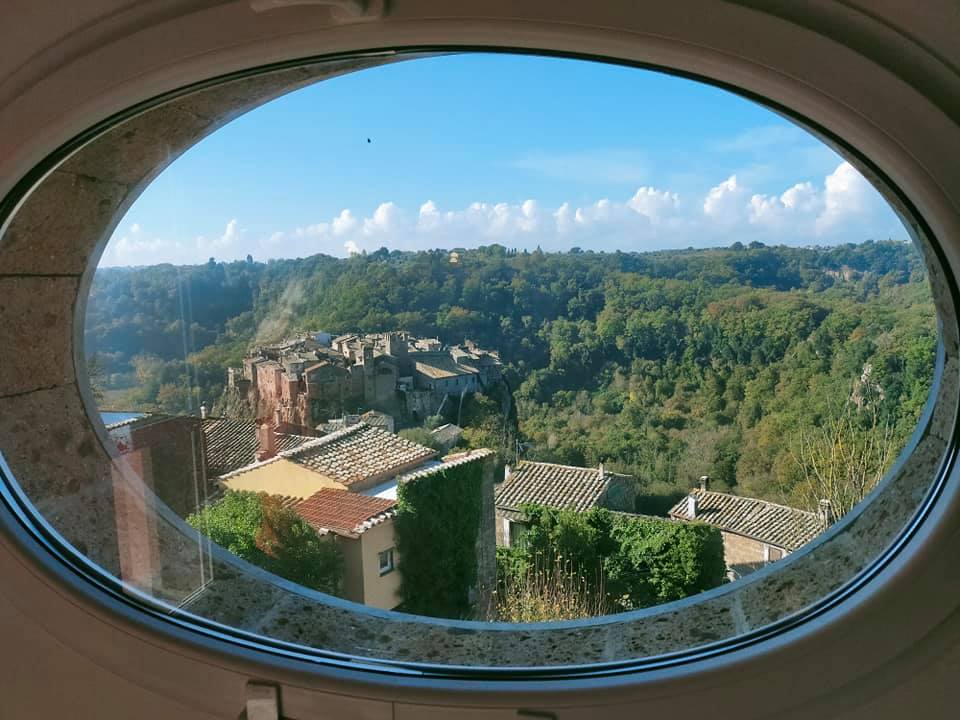
borgo di Calcata – Facebook @comunecalcatainforma
However, from the second half of the 1960s the first transfers of the inhabitants from the historic centre to the new town began. A Calcata Nuova existed not far away, but Medieval Calcata didn’t die. A new life begins for this wonderful small village.
Calcata in fact becomes a meeting place for people eager to experience a new lifestyle, far from the chaos of big cities, in contact with nature, in simple and authentic places. Calcata becomes the ideal retreat for many artists, musicians, painters and people from the world of cinema looking for their source of inspiration.
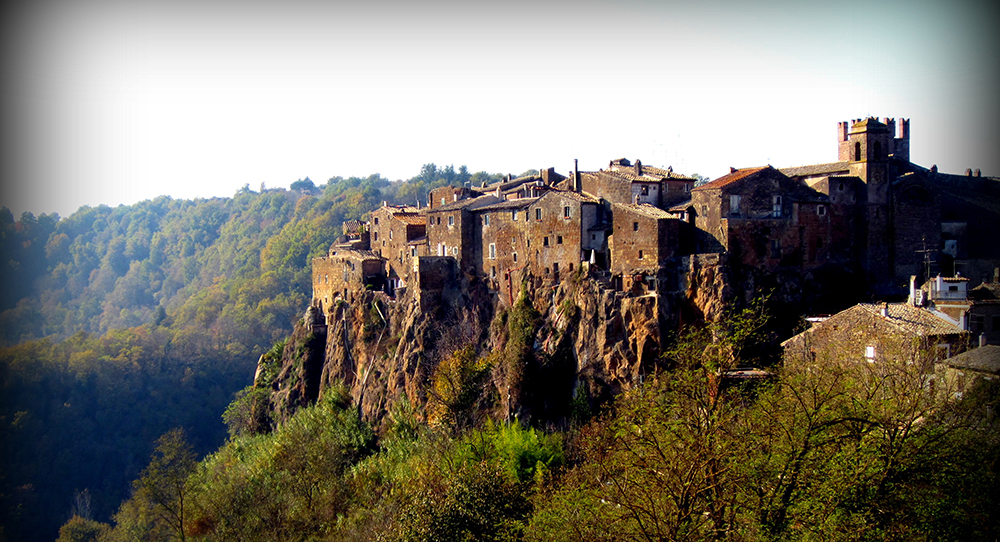
Il borgo di Calcata
The “Borgo degli Artisti” is born. Personalities such as the architect Paolo Portoghesi, the American choreographer Paul Steffen, the painter Simona Weller and the sculptor Costantino Morosin moved to Calcata. It has less than 1000 inhabitants but is culturally lively thanks to its history and the associations that always keep it alive with special events, concerts, theatrical performances and extravagant markets.
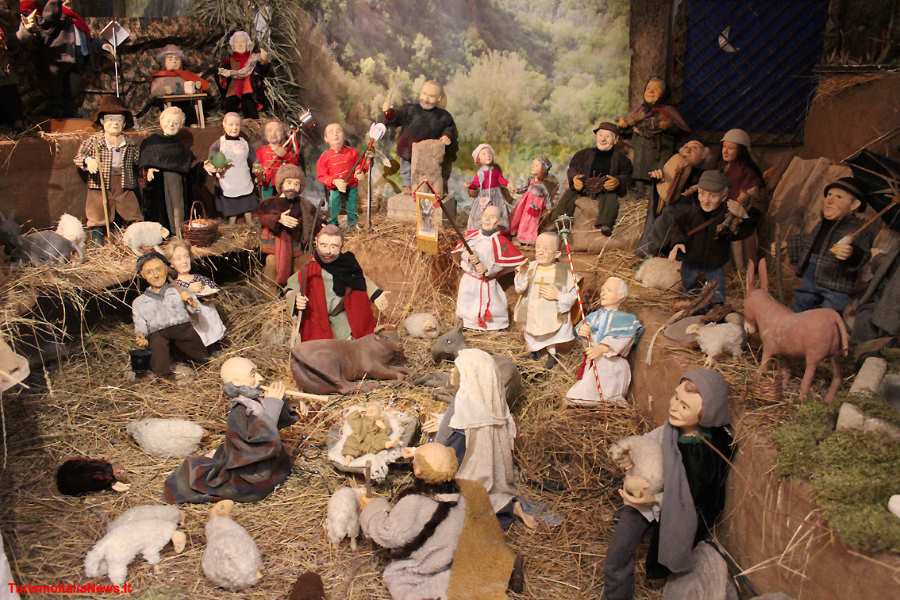
Presepe al Granarone di Marijcke van der Maden
In the 1980s, Marijcke van der Maden, the Dutch artist who created the Presepe al Granarone (Granarone Nativity Scene), moved to Calcata. What makes her creation unique is the fact that all the characters surrounding the Nativity scene depict the real inhabitants of Calcata, past and present, engaged in their daily activities.
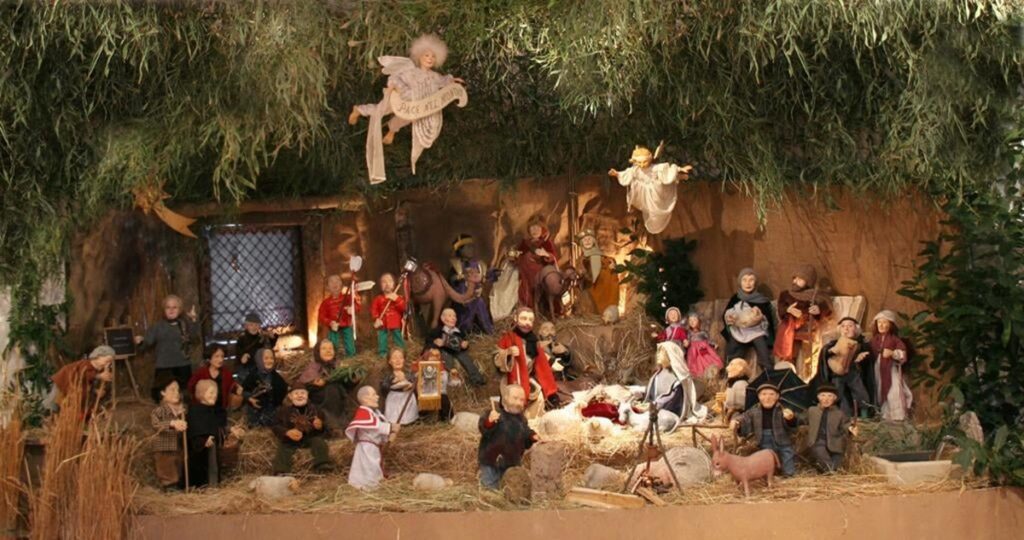
Il Presepe al Granarone di Calcata di Marijcke van der Maden – Facebook @granaronecalcata
It is a true work of art, handmade using a special wood paste and scraps of velvet and silk that belonged to the characters themselves. Symbolically, the artist wants to bring back the old inhabitants who left the village in the 1950s. This is why the Nativity scene is set up at Granarone, the old granary dating back to 1632, where people once gathered to collect grain to survive.
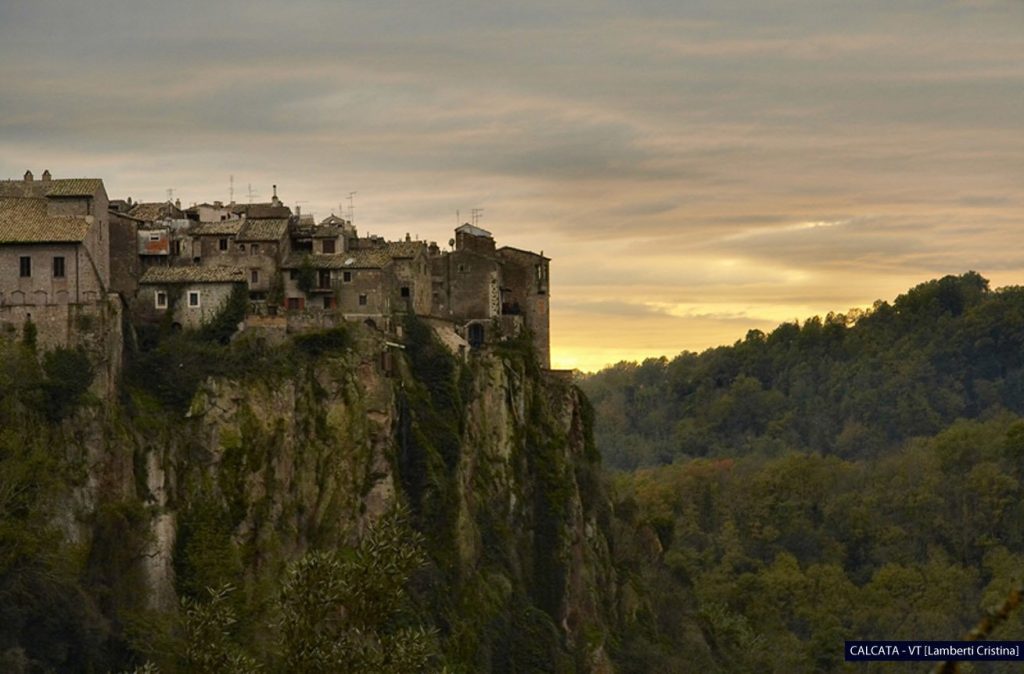
“I met Calcata in the 70s and was immediately fascinated by its romantic and evocative beauty. It has always been a source of inspiration for me. It is here that I composed many of my songs and the soundtracks of Marrakesh Express and Tournè by Gabriele Salvatores”.
The musician Roberto Ciotti remembers Calcata.
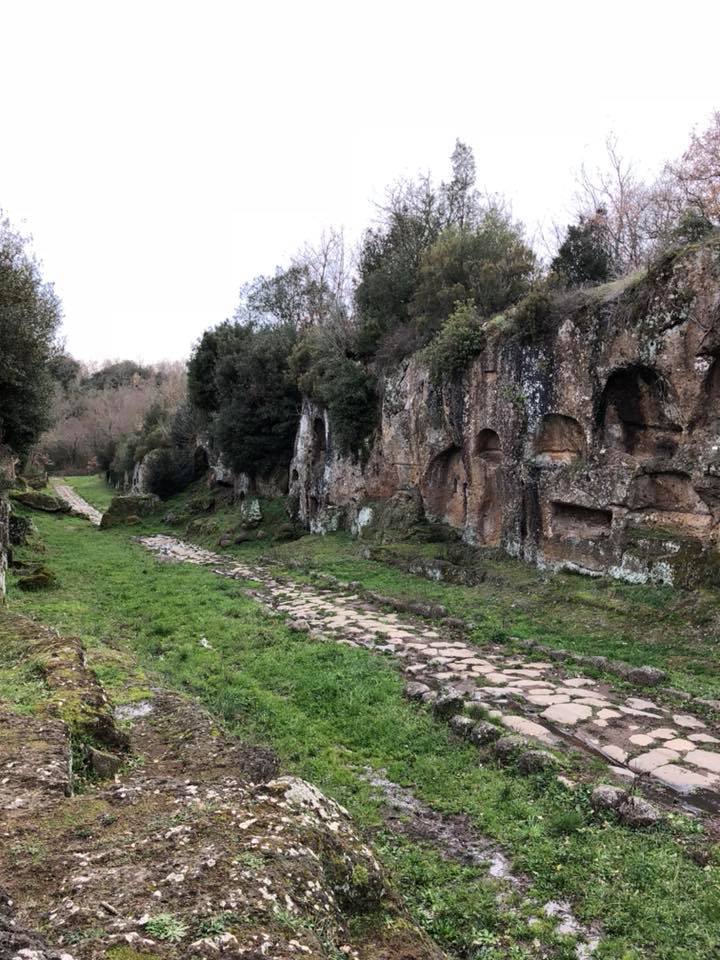
Narce – Facebook @Museo Archeologico Virtuale di Narce
The Valle del Treja Nature Reserve has been marked by human presence since prehistoric times. The valley tells the long story of the Treja, a tributary of the Tiber that has carved vast gorges into the volcanic tuff. In November, the Festa dell’Albero (Tree Festival) is celebrated in the Treja Park. The Reserve is home to the acropolis of Narce, an archaeological complex formed by the hills of Narce, Monte Li Santi and Pizzo Piede. The Narce complex appears to have been the main centre of Faliscan and Etruscan culture in the area and was connected to nearby Veio.
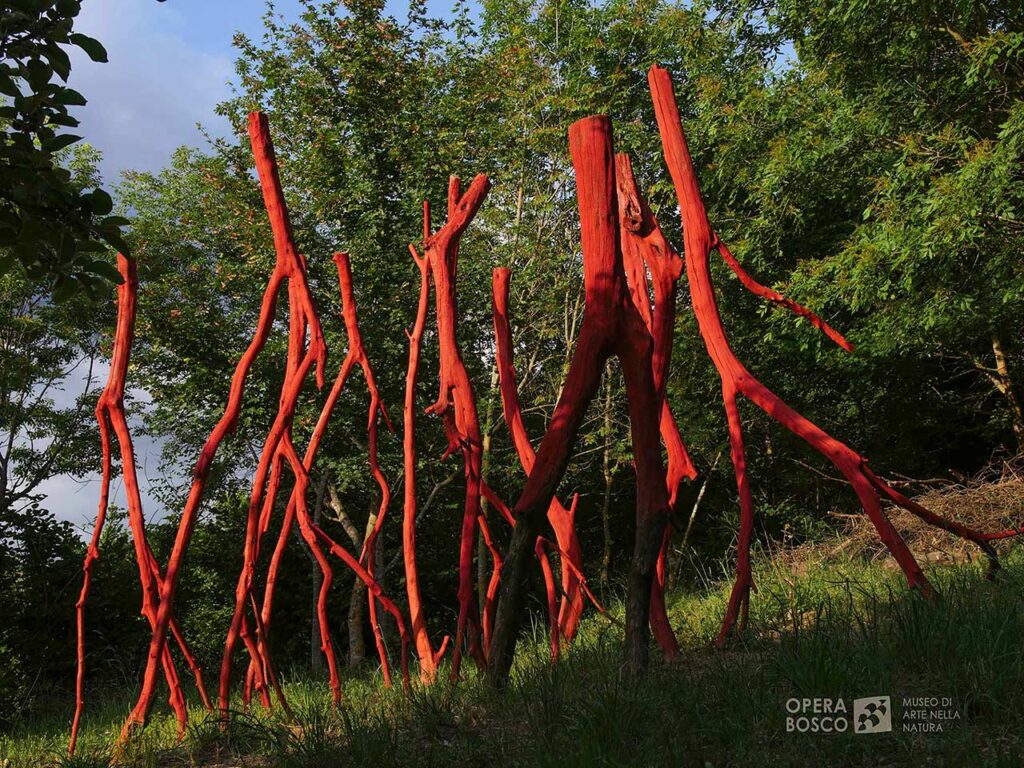
Opera Bosco – Facebook @operabosco
“Opera Bosco, an intervention in the heart of nature with the intention of not disturbing it, […] so that everything is destined to be celebrated while awaiting its natural decay. And it is precisely this feeling of imminent disappearance that gives the whole thing its dense poetic flavour […].”
This is how art historian Philippe Daverio defines Opera Bosco Museo di Arte nella Natura, an experimental open-air museum-laboratory of contemporary artworks created using raw materials from the forest. Opened in 1996, it is part of MUSART, the historical and artistic museum system of the Lazio Region.
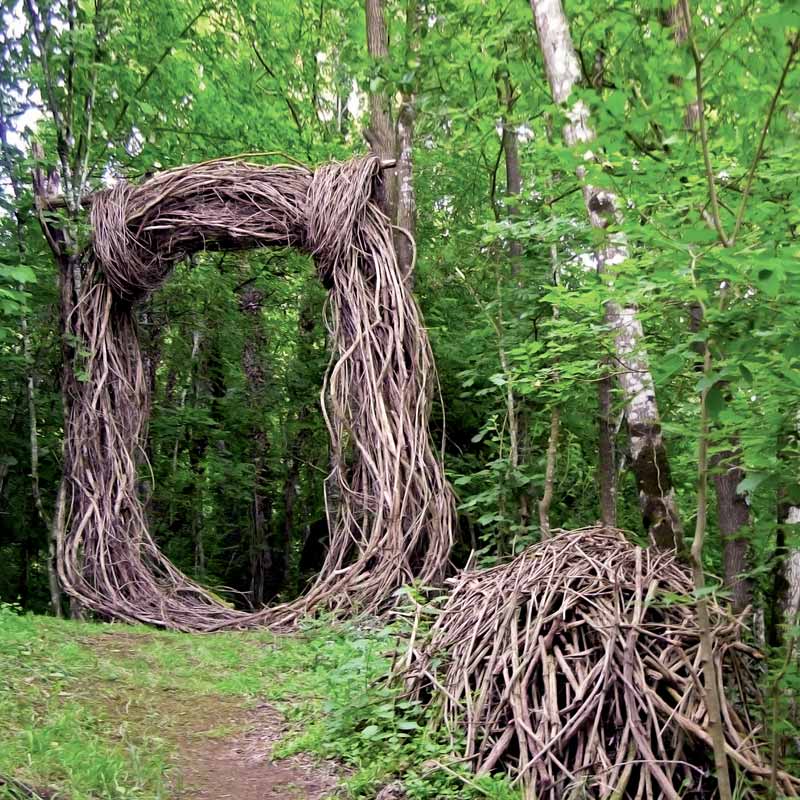
Museo Opera Bosco – operabosco.eu
Opera Bosco covers over two hectares of woodland in the gorge within the Valle del Treja Park in Calcata. It is a trail of permanent installations by hundreds of artists and students from fine arts academies. It combines art and ecology, as the works live in symbiosis with the environment. Opera Bosco was awarded a Special Mention in the Council of Europe Landscape Award from 2010 to 2015, and was nominated for UNESCO World Heritage status in 2019.
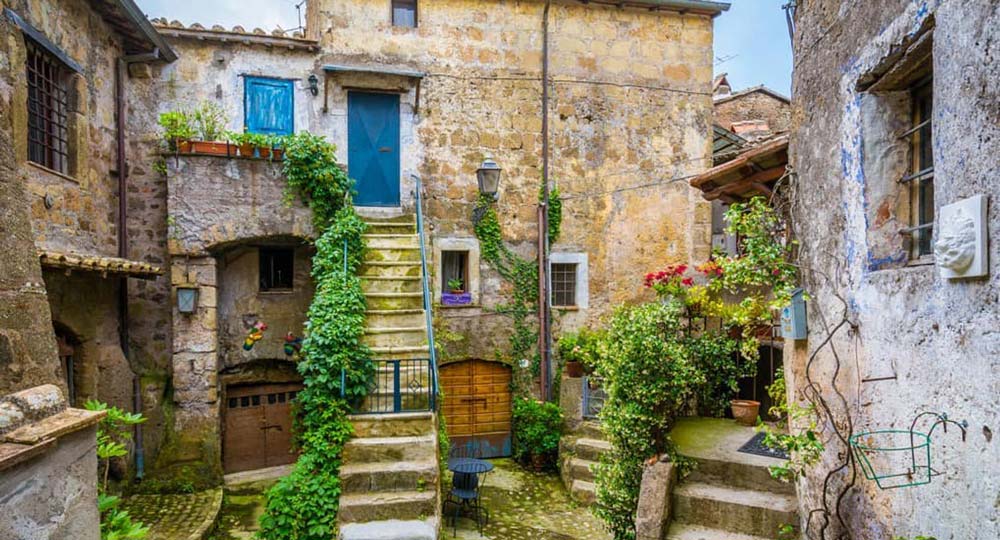
through the alleys of the village of Calcata
Calcata has been mentioned in many novels. Between the lines of “Ulysses” by James Joyce, in the novel “Il Vangelo secondo Gesù Cristo” by José Saramago, in “Un delitto a regola d’arte” by Donald Bain, in “Passeggiate Romane” by Stendhal and in the book “The keys of St. Peter” by Peyrefitte.
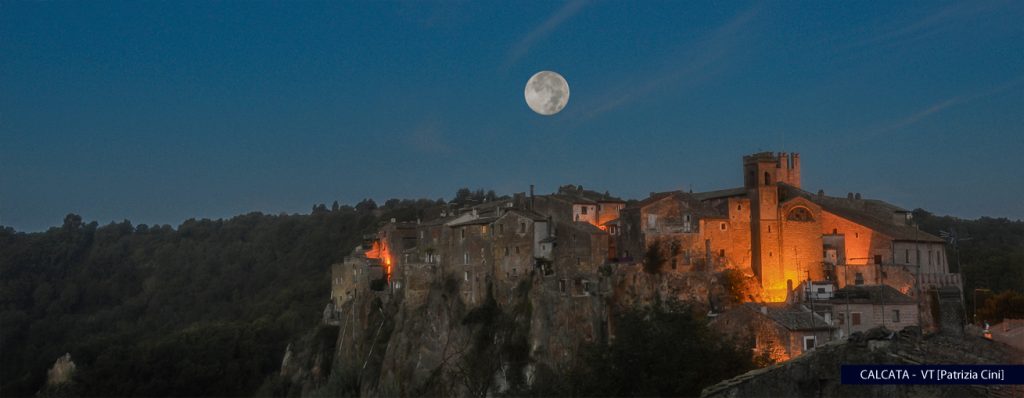
Evening panorama of Calcata
It has also been the setting for several films and music videos. Hayoo Miyazaki visited it in 1990 and took inspiration from it for the architecture of the Glibli Museum and for the film “Laputa – Castle in the Sky”. Fabrizio De André fell in love with it in 1980, choosing it as the location for the video dedicated to Pasolini for “Una storia sbagliata“. We find its originality in “Decameron” by Pier Paolo Pasolini, in “Amici Miei” by Mario Monicelli, in “Nostalghia” by Andrej Tarkovsky, in “Mary” by Abel Ferrara, in “La mazzetta” by Sergio Corbucci, and in “All the money in the world” by Ridley Scott.
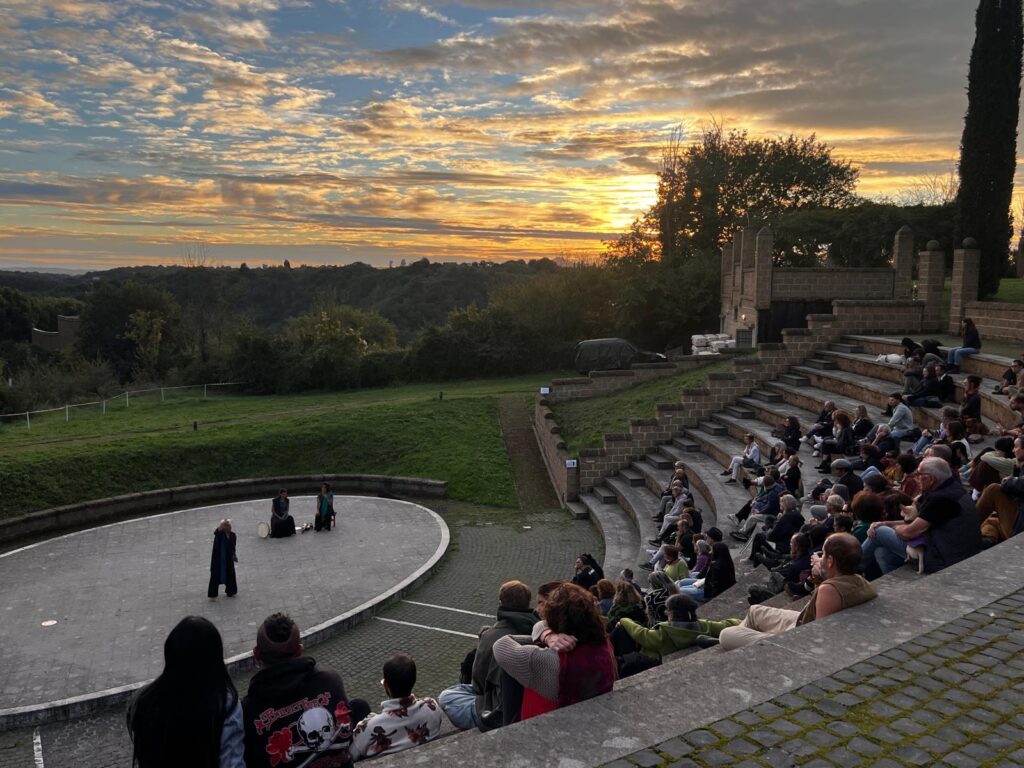
Calcata Ecofestival – Facebook @calcataecofestival
On September 16th the Patron Saints, Cornelius and Cyprian, and the Celtic Festival are celebrated. In mid-September, there is the Calcata Ecofestival, three days of events, shows at the Capomandro theatre, music and labs.
Calcata is an Orange Flag village, a prestigious quality mark awarded by the Italian Touring Club for tourism-environmental development and has been recognized by the Times as Italy’s Ideal Village.
